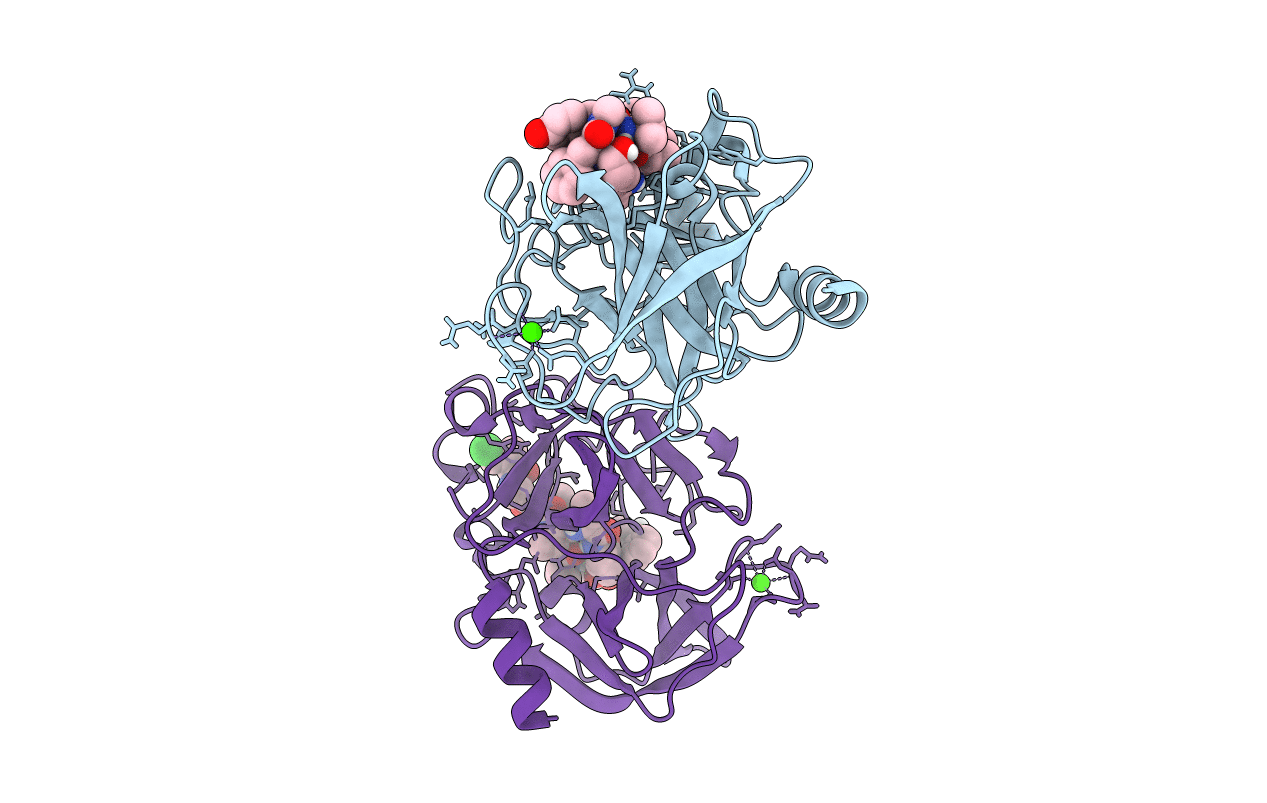
Deposition Date
2019-11-18
Release Date
2020-03-04
Last Version Date
2024-07-10
Entry Detail
PDB ID:
6TH7
Keywords:
Title:
Structure of porcine pancreatic elastase in complex with tutuilamide
Biological Source:
Source Organism:
Synthetic construct (Taxon ID: 32630)
Sus scrofa (Taxon ID: 9823)
Sus scrofa (Taxon ID: 9823)
Method Details:
Experimental Method:
Resolution:
2.20 Å
R-Value Free:
0.24
R-Value Work:
0.20
R-Value Observed:
0.20
Space Group:
P 21 21 21


